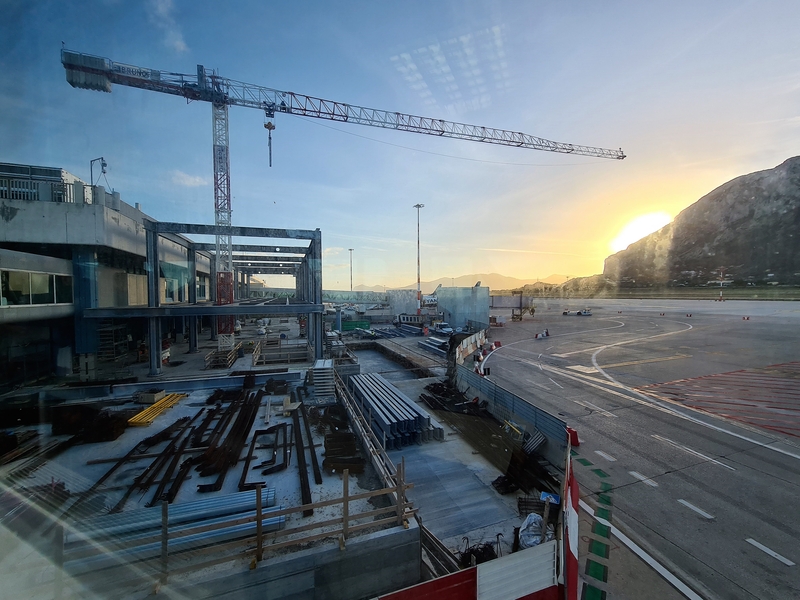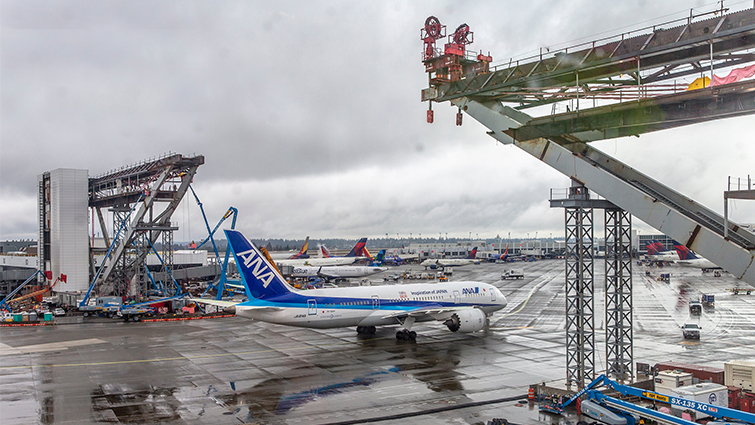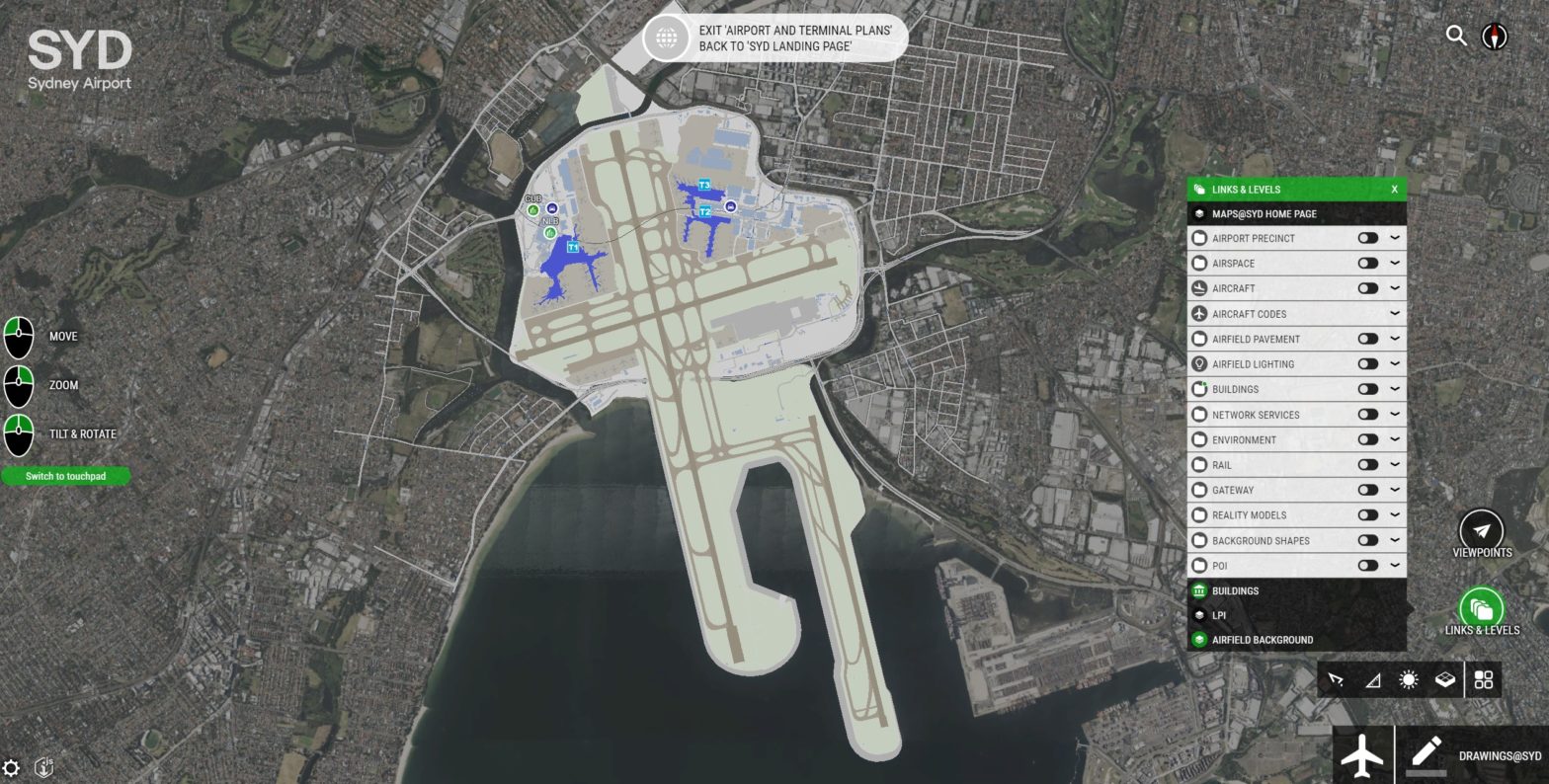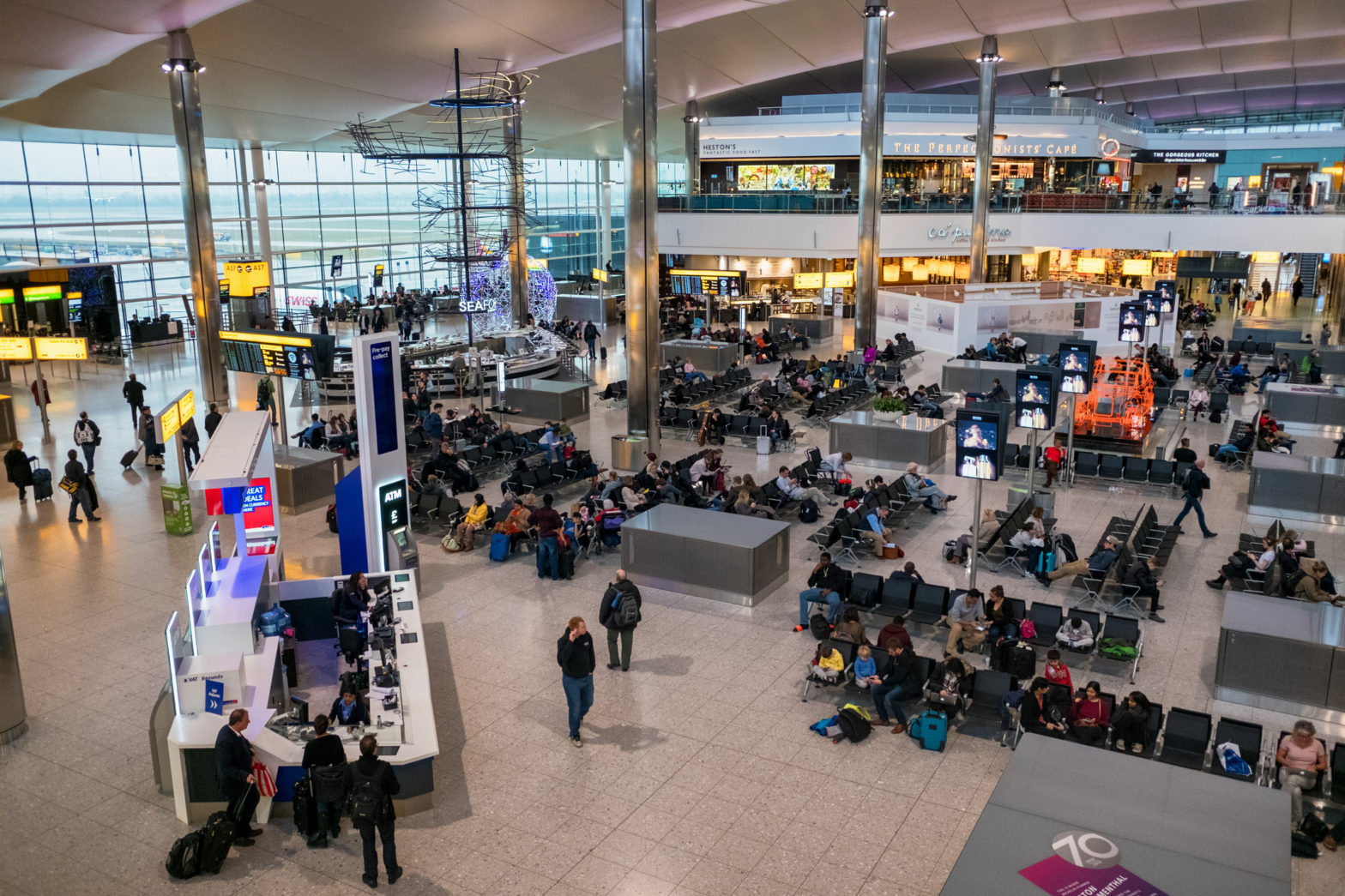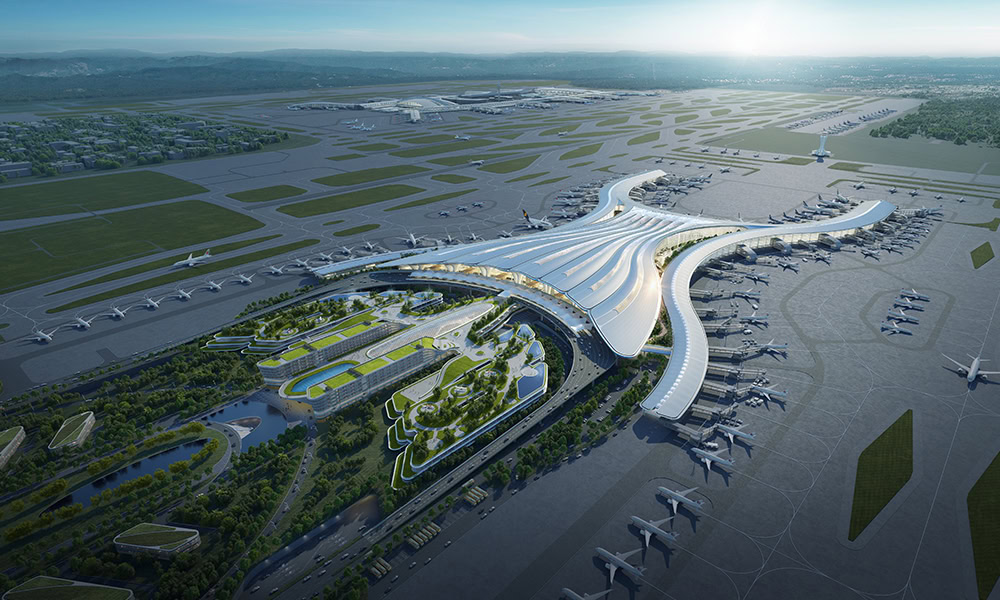
Fixing the weakest link: airport design to construction
29 August 2025
By Leif Johnson, Industry Solutions Director – Transportation at Bentley Systems
When I talk with airport executives, one issue comes up again and again: the handover between design and construction. It is at this stage that projects can struggle.
Too often, information arrives incomplete, inconsistent, or outdated. Updates made on site may never make it back into the design record. Contractors hand over stacks of PDFs or scanned documents that contain no real intelligence for operations. And when standards aren’t applied, operators are left with gaps they must fill on their own.
These are not small inconveniences. They lead directly to delays, cost overruns, and wasted resources. In some cases, safety has even been compromised because teams could not find the right information quickly enough.
The hidden cost of poor data

The truth is that many of these problems have the same root cause: unstructured, disconnected project data. When information is trapped in files, it becomes hard to search, classify, and connect. Project teams waste time trying to locate the right version rather than focusing on the work itself.
A more data-centric approach can change this. Clearer standards, stronger approval processes, and the discipline of capturing changes as they happen all help ensure that the information handed over is accurate, current, and reliable.
This shift is what we set out to enable with our airport solutions. At its best, it is not about software–it is about supporting project teams with the structure and transparency they need to work from trusted information, reduce duplication, and avoid costly rework.
Lessons from Guangzhou
The value of this approach is clear in practice. The Guangzhou Baiyun International Airport expansion (pictured)–the largest in Chinese civil aviation history–involved 20 disciplines, 35 participating organisations, and more than 300 on-site personnel.
By putting in place an open, collaborative environment, Guangdong Airport Authority was able to identify more than 3,200 issues early. They achieved what every project aspires to: zero demolition or rework during construction.
The results were measurable: CNY 78 million saved (US$11 million), coordination time reduced by 97 days, and construction shortened by 33 days. These outcomes set a benchmark for what airports worldwide can achieve when data is managed as an asset rather than left to chance.
Where leadership matters most
The biggest opportunity for airports lies in catching issues earlier, reducing rework, and maintaining continuity of information from design to construction and into operations. The Guangzhou example shows what is possible, but it is not unique. Other projects can achieve the same results if they apply the same principles.
The tools already exist. What makes the difference is leadership. Owners and operators must set clear expectations, contractors must align around standards, and executives must see information not as a technical detail but as a strategic resource.
The cost of poor handover is high–but the benefits of doing it right are higher still. If we take handover seriously, we can deliver projects that are faster, safer, and more resilient for the future.
Moving beyond the “single source of truth”
But there’s another handover that happens: from construction to operations. By combining project data from the design and construction phases with operations and maintenance data, airports can have a detailed, accurate view of their campus.
Some describe this as creating a “single source of truth.” Personally, I think that phrase can be misleading. No one system can realistically hold every piece of project data. Airports are too complex, with too many specialised applications.
A more practical goal is to create a federated, open environment–one where data from multiple sources can be viewed together, with governance in place. In this model, teams don’t need to wait for a big handover event. Instead, they have controlled, real-time access to the latest information throughout the project lifecycle.
That change doesn’t just reduce delays; it builds a culture of transparency and collaboration.
Images: Bentley Systems



